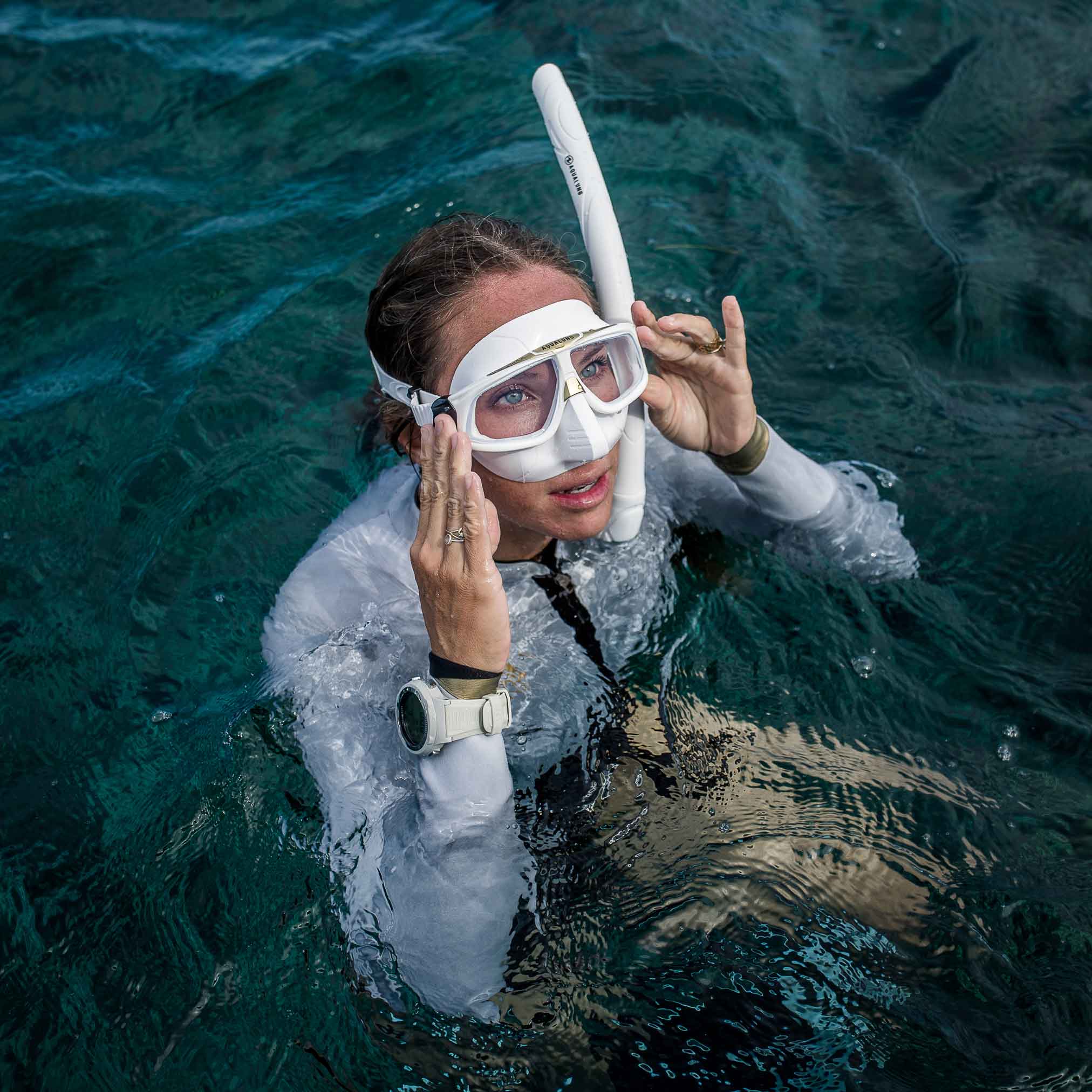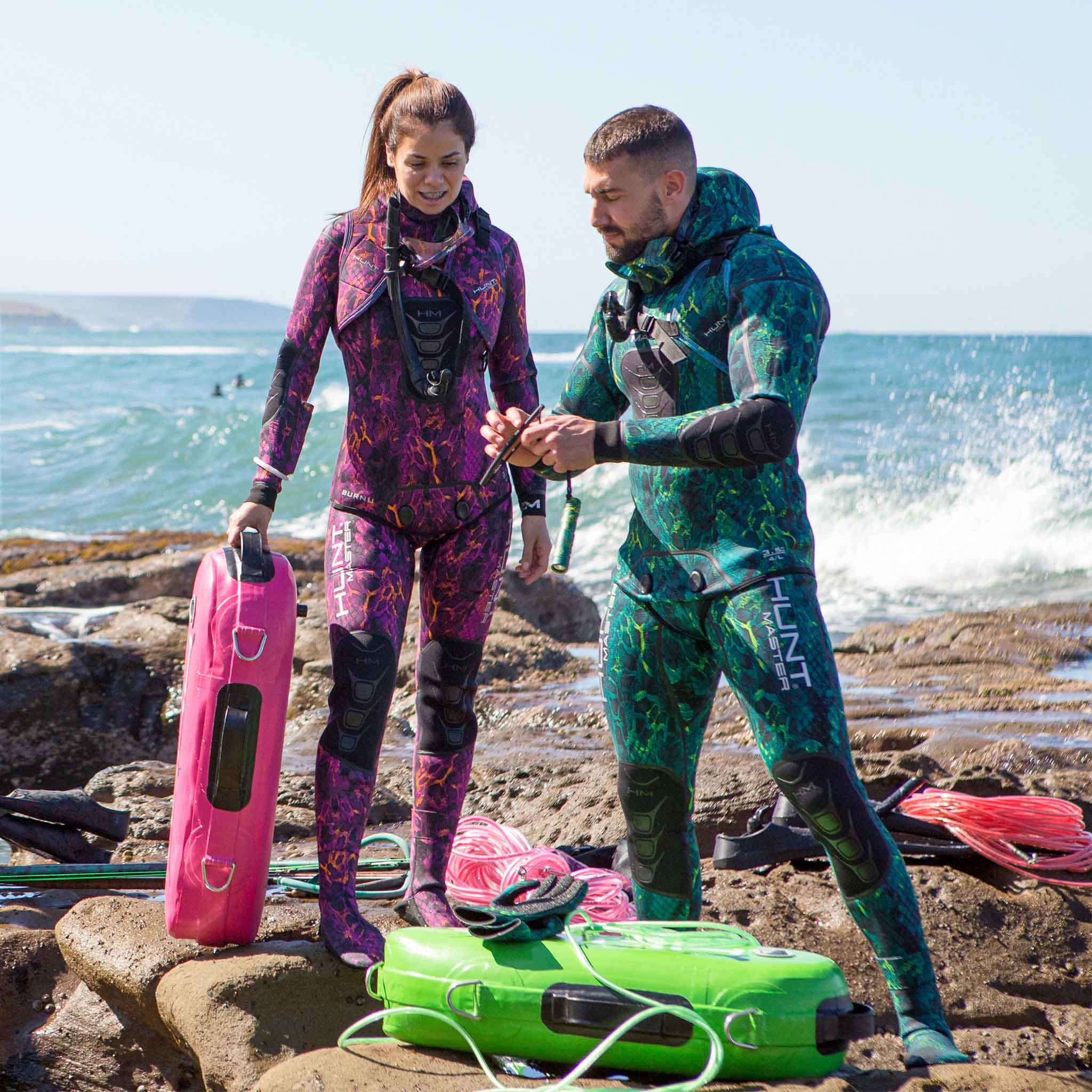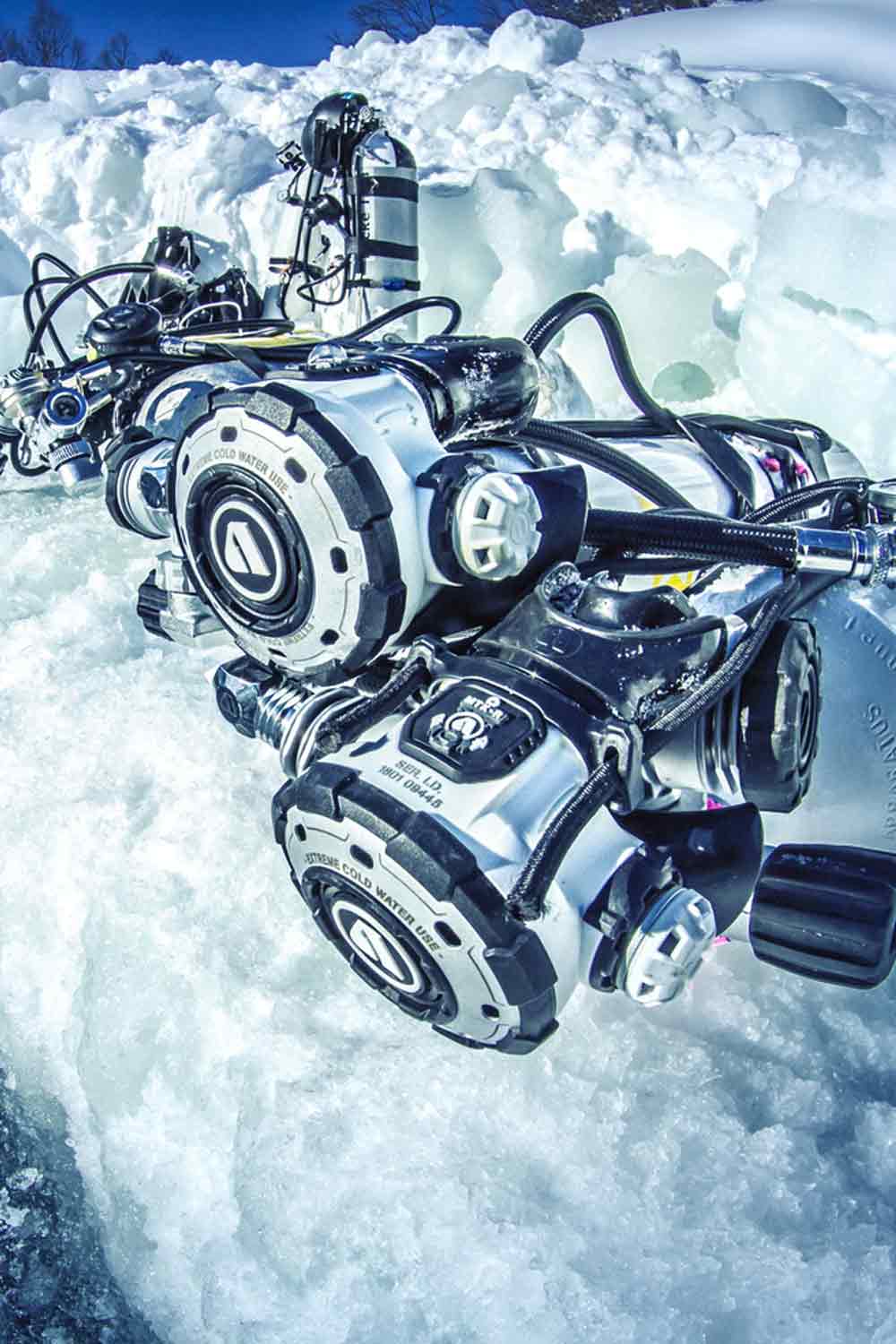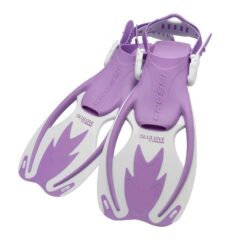13%
Original price was: $75.00.$65.00Current price is: $65.00. inc. GST
This product has multiple variants. The options may be chosen on the product page 11%
Original price was: $70.00.$62.00Current price is: $62.00. inc. GST
This product has multiple variants. The options may be chosen on the product page 13%
Original price was: $69.00.$60.00Current price is: $60.00. inc. GST
This product has multiple variants. The options may be chosen on the product page 21%
Original price was: $70.00.$55.00Current price is: $55.00. inc. GST
This product has multiple variants. The options may be chosen on the product page 17%
Original price was: $60.00.$50.00Current price is: $50.00. inc. GST
This product has multiple variants. The options may be chosen on the product page 27%
Original price was: $54.95.$40.00Current price is: $40.00. inc. GST
This product has multiple variants. The options may be chosen on the product page 27%
Original price was: $54.95.$40.00Current price is: $40.00. inc. GST
This product has multiple variants. The options may be chosen on the product page Swimming Fins
Swimming fins, also known as flippers or fins, are specialized swim gear designed to be worn on the feet to enhance swimming performance. They come in various shapes, sizes, and materials, and they serve different purposes depending on the type of swimming and the swimmer’s skill level. There are generally two main categories: recreational fins and training fins.


















